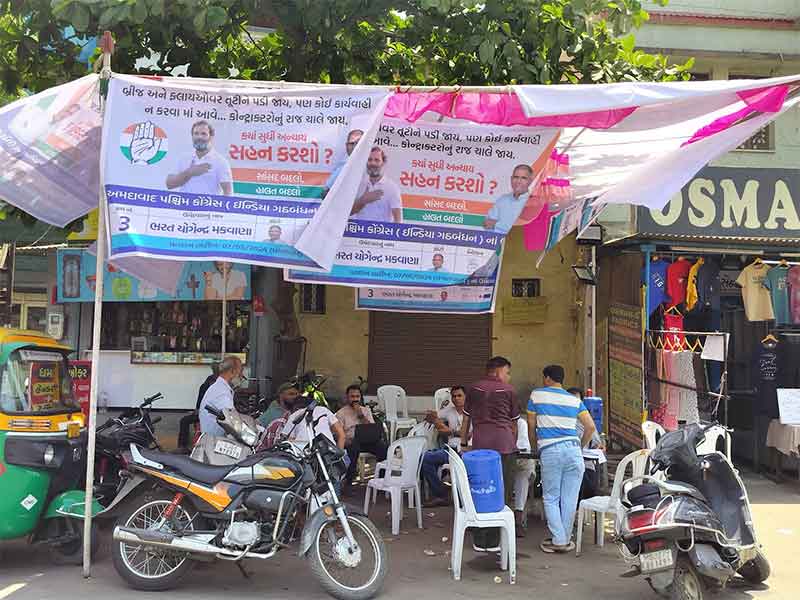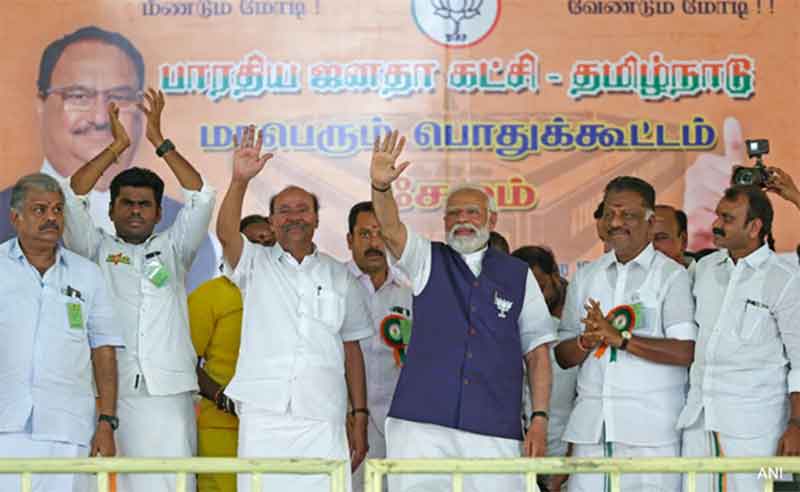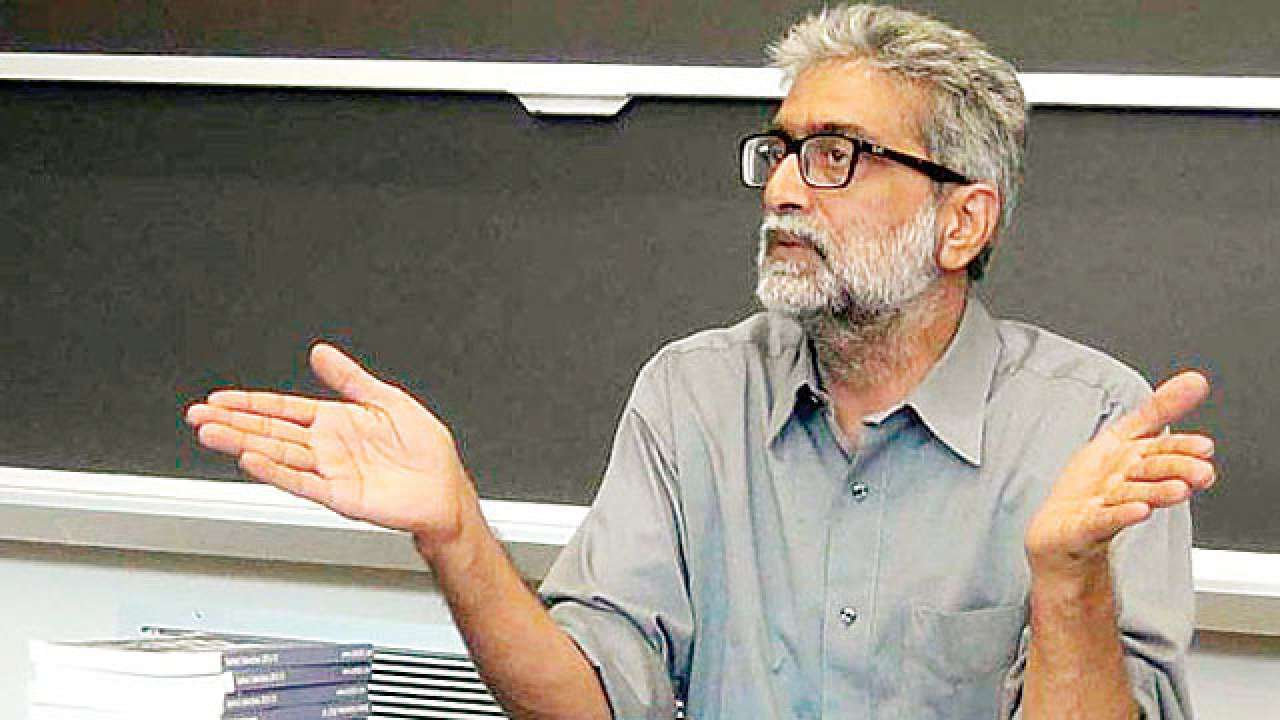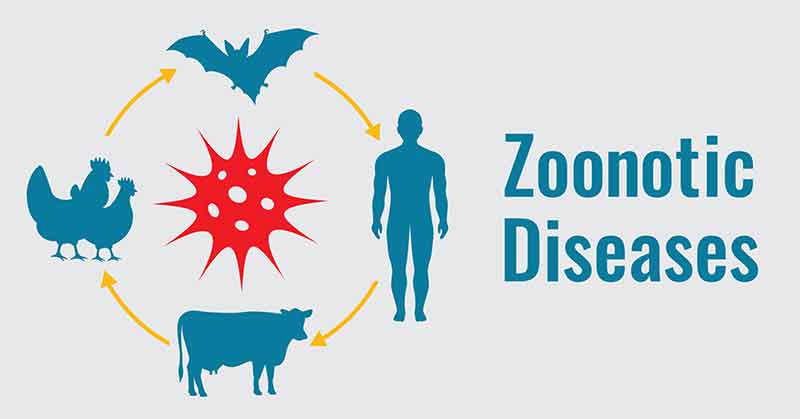
The country’s largest bank, the State Bank of India (SBI), has closed as many as 41.16 lakh savings accounts between April-January in the current fiscal year for not maintaining the minimum balance, reveals an RTI query. Between April and November 2017, the bank had netted a windfall of Rs 1,771.67 crore, more than its second-quarter profit, from customers for non-maintenance of minimum balance, according to the finance ministry data.
The three largest private banks — HDFC Bank, ICICI Bank and Axis Bank — earned more than all 21 of their state-owned peers put together from penalties levied for non-maintenance of minimum balance in savings accounts between FY15 and FY17. According to data put out by the ministry of finance the three private banks together collected Rs 1,031.85 crore in FY15, Rs 945.07 crore in FY16, Rs 1,008.79 crore in FY17 and Rs 783.98 crore in the nine months ended December 2017 as penalties for shortfall in account balances. For public-sector banks (PSBs), the figures were Rs 687.57 crore, Rs 801.07 crore, Rs 203.78 crore and Rs 2,533.72 crore, respectively. SBI alone collected Rs 1,982 crore between April 2017 and December 2017.\
The official emphasis on financial inclusion keeps re-emerging in policy documents but bankers show little earnestness in pursuing it on account of a plethora of constraints. As part of government fiats, banks are forced to meet humongous targets for opening accounts for bringing the unbanked population into the financial arrangement. But when many of them inevitably become an economic deadweight as they remain dormant (accounts without any transactions), the banks cannot afford to lose money servicing them. They have to perforce levy penalties and ultimately shut these accounts; sending them out of the financial system to where they had come from, the unbanked.
Access to financial services, financial inclusion implies an absence of obstacles to the use of these services, whether the barriers are price or nonprice barriers to financing. It is important to distinguish between access to, the possibility to use, and actual use of financial services. Exclusion can be voluntary, where a person or business has access to services but no need to use them; or involuntary, where price barriers or discrimination, for example, bar access. Failure to make this distinction can complicate efforts to define and measure access.
Financial market imperfections, such as information asymmetries and transaction costs, are likely to be especially binding on the talented poor and micro- and small enterprises that lack collateral, credit histories, and connections. Without inclusive financial systems, these individuals and enterprises with promising opportunities are limited to their savings and earnings. This access dimension of financial development has often been overlooked, mainly because of severe data gaps on who has access to which financial services and a lack of systematic information on the barriers to broader access.
Many cannot afford regular banks, and many have dropped out of the banking system after getting burnt by the increasing hunger of banks for fees and penalties, much of which focuses on people who least can afford it. Private banks are choosing to extract more money from those at the lower end of their customer base, and many walk away rather than face a barrage of fees. Excessive documentation requirements and the perception that financial institutions are ‘rich people’s clubs’ are among the most persistent obstacles.
Financial inclusion isn’t just about numbers; it’s about people. When more people have access to affordable and high-quality financial services, they have more opportunities to thrive. This is especially true for women, who are often underserved by traditional financial institutions
The context of poor people becomes a major factor in financial inclusion. To harness the full potential of financial services, people with low income require products that cater to their contextual needs. This requires attention to issues such as quality of access, affordability of products as well as supply-side sustainability and extent of outreach of services.
The issue is a lot more nuanced than what we see today. Nuances change from culture to culture and consumer segment to consumer segment. Consumers will come into the formal financial sector and embrace the new opportunities believing that if they change their behaviour and exert the effort to get into the new world then certain specific pains will disappear. We must strive to develop tools for lower income people take charge of their financial health. We have thus to address real pains, not just offer benefits.
I remember in the early eighties, all bankers were part of a financial inclusion revolution that was far more vigorous than the one we see today. A wave of commercialisation put the brakes on this enthusiastic journey, and the great mission was abandoned. The high-profit goals spurred bankers to design rabbit holes in which the poor would get trapped and lose their accounts.
The introduction of penalties for failing to maintain minimum balances and or for failing to use an account led to the mass-scale demise of the bank accounts of millions of poor account holders. Without informing the poor customers of policy changes, the bankers sheared and denuded the accounts of their bank balances by applying penalties, finally knocking them off the bank ledgers.The clock had moved full circle. The financial revolution had come to a naught. In the end, customers were back to where they began their financial journey. Such poorly thought out policies and programmes demoralise all the actors in the ecosystem-the customers, bankers, economic observers, media, academics and the NGOs working for the financial empowerment of ordinary citizens. Moreover it dissipates the enthusiasm of those who propel the entire effort. Finally, it reinforces the prevailing myth, that the banks are anti-poor.
Financial inclusion should not end with just opening accounts. The customer must make this account his financial diary and conduct transactions which can grow into a credit history. Or else all these accounts would remain deadweight. What needs to be done is to make more and more of these accounts transactional, and actively so. Once the subsidy comes in, that’s an indication of the first set of transactions. But after that, what is essential, is getting the customers used to the habit of saving, getting them to use formal channels for the remittance of money and then, through the way the money comes into the account, building some kind of credit analytics and making small loans and microinsurance available to them.
To make this possible, people have to be given the ability to understand and execute matters of personal finance, including basic numeracy and literacy, budgeting, investing, and risk diversification. This skill is known as financial literacy. It is a combination of financial awareness, and the attitudes and behaviours necessary to make sound business decisions.
Innovations in technology are enabling previously unbanked people to gain access to financial services at an unprecedented speed and scale. Microfinance institutions, banks, mobile operators and third-party providers are all leveraging the technologies behind mobile phones to offer essential financial services at a lower cost than traditional banking allows. There are even new types of institutions emerging such as, agent networks, payment aggregators and others who are helping build out a more far-reaching and efficient digital finance ecosystem.
Although digital technology is opening new channels for delivering financial services, challenges persist. Sparse populations, inconsistent network coverage, a lack of trust, or insufficient capital for building new business models, can stand in the way of success, particularly in connecting remote or underserved communities.
The challenge of financial inclusion is to understand what is best about all the different ways of reaching underserved customers. It is about understanding what works and building on it. We have to address real pains, not just offer benefits. If the industry’s priorities are tweaked even slightly in favour of the poor, barriers to inclusion will begin fall. The rapid spread of mobile phones is the game changer that can make the economic benefits from digital finance viable. Fortunately, mobile phone penetration is growing far more quickly than access to financial services.
Let us not forget the lessons of the past. The milestones which we have recorded in our financial inclusion journey should spur us forward with renewed vigour. Let us not reduce them to mere flag posts and consign a progressive economic revolution to the backwoods of history. We should look forward to enjoying the fruits of this revolution.
Moin Qazi is the author of the bestselling book, Village Diary of a Heretic Banker .He has worked in the development finance sector for almost four decades .He can be reached at [email protected]










































